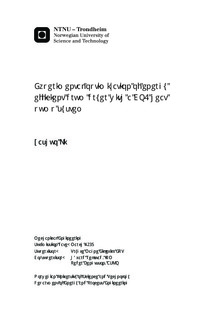Experimental optimization of energy efficient drum dryer with a CO2 heat pump system
Abstract
SummarySince early twentieth century, drum dryer was used to dry clothes, and soon became a glowing industry. A drum dryer is a household appliance that is used to remove moisture from a load of clothing and other textiles, generally At the beginning a simple electrical drum dryer was used, then different development has been made for meeting different needs and changing industrial environment, such as spin dryer, condenser dryer, heat pump dryer etc.The working mechanism of a drum dryer is that clothes is dried by heated air in a rotating drum: the heated air absorbs water evaporated from the wet clothes, so that the clothes is dried. The rotating drum is due to maintaining air space both between the load and between the loads and the drum surface. The way of how the air is heated and how the water is condensed is of interest.A heat pump dryer has the potential for energy saving and is good for environment. ASKO has developed to types of heat pump using different refrigerant: R134a and R744. This project will focus on the application of a CO2 (R744) heat pump. A prototype has already been built, an assumption was made from former project that more cooling after compression for the refrigerant will be beneficial for increasing the energy efficiency of the whole system. So new external gas coolers will be installed and some optimization and analysis will be made for this project.
